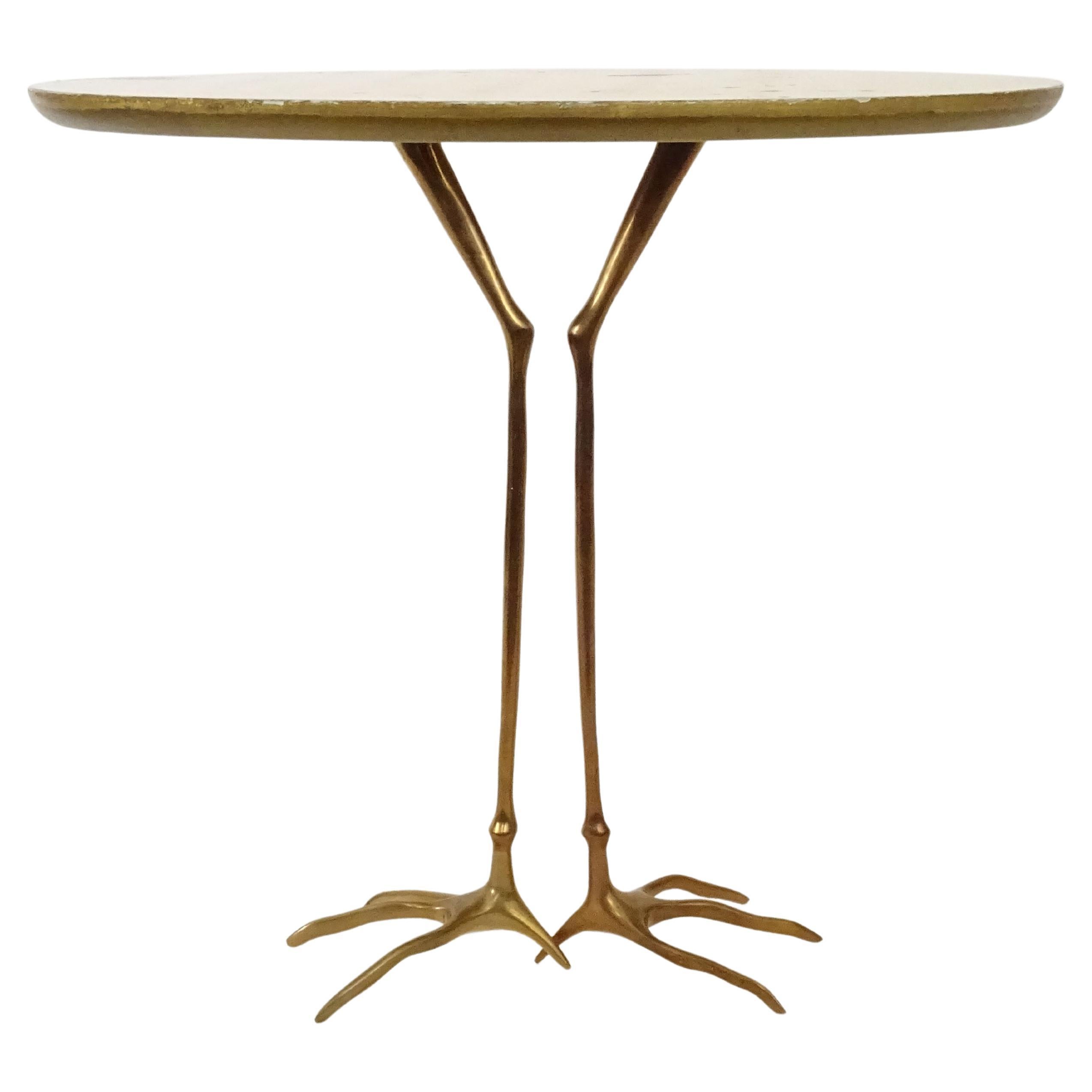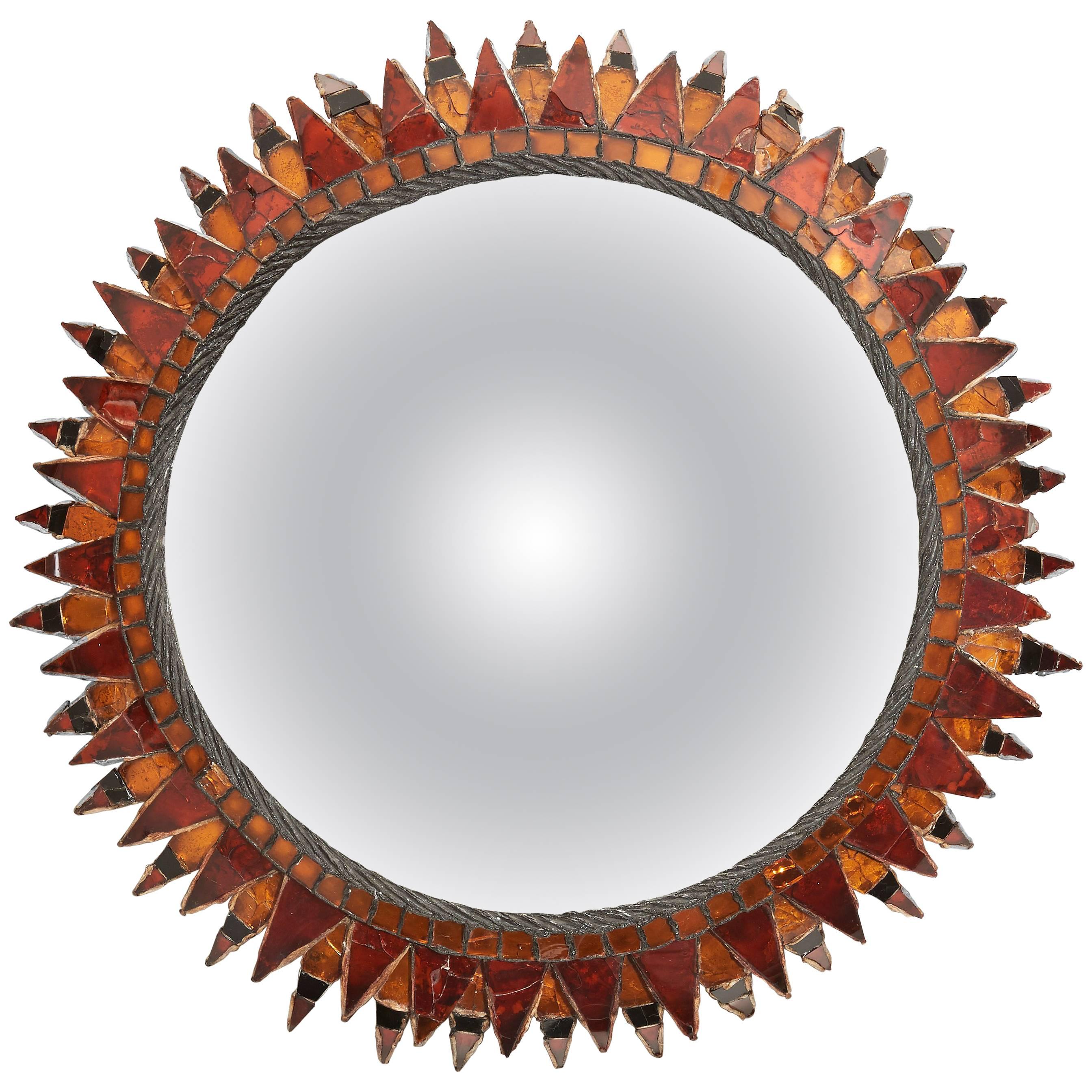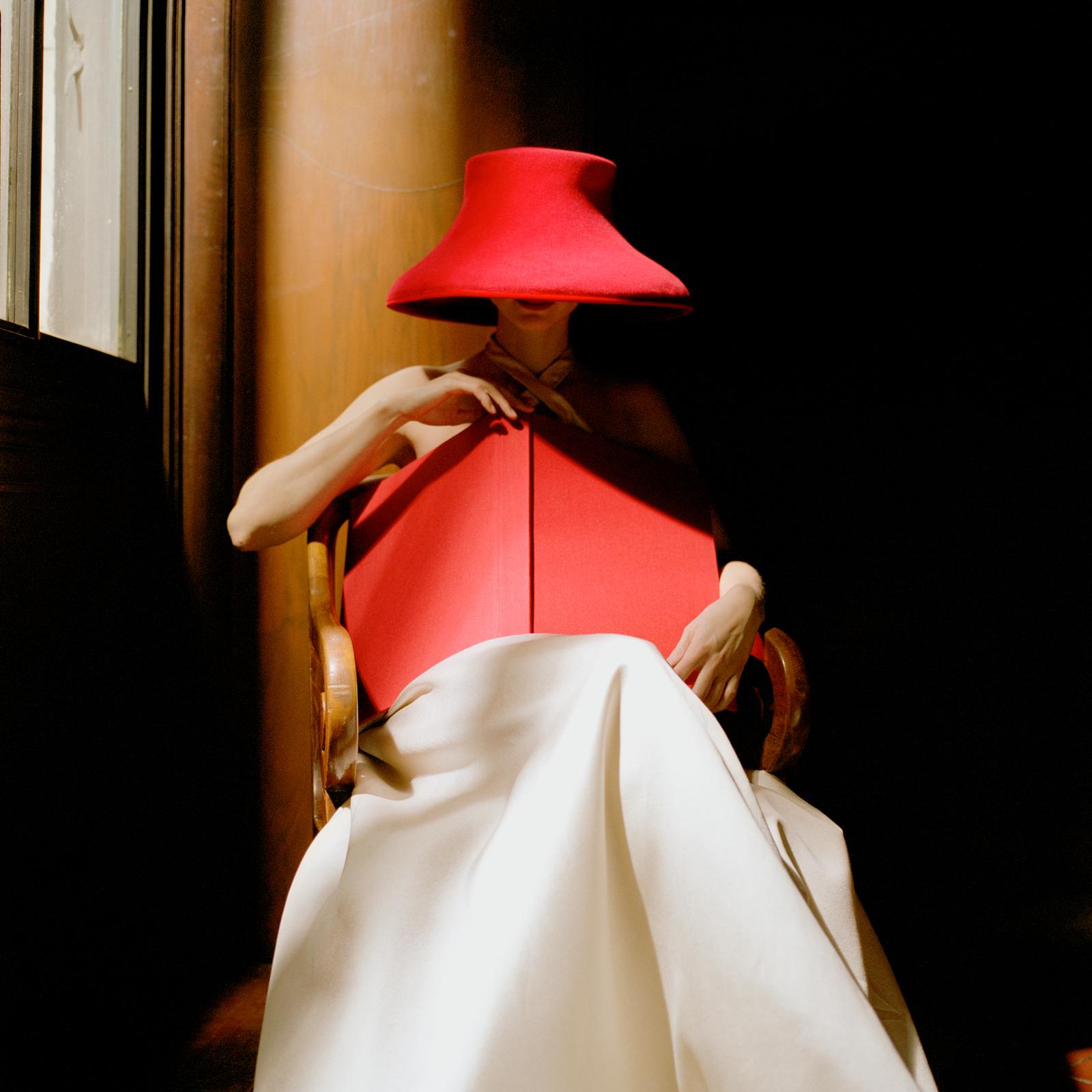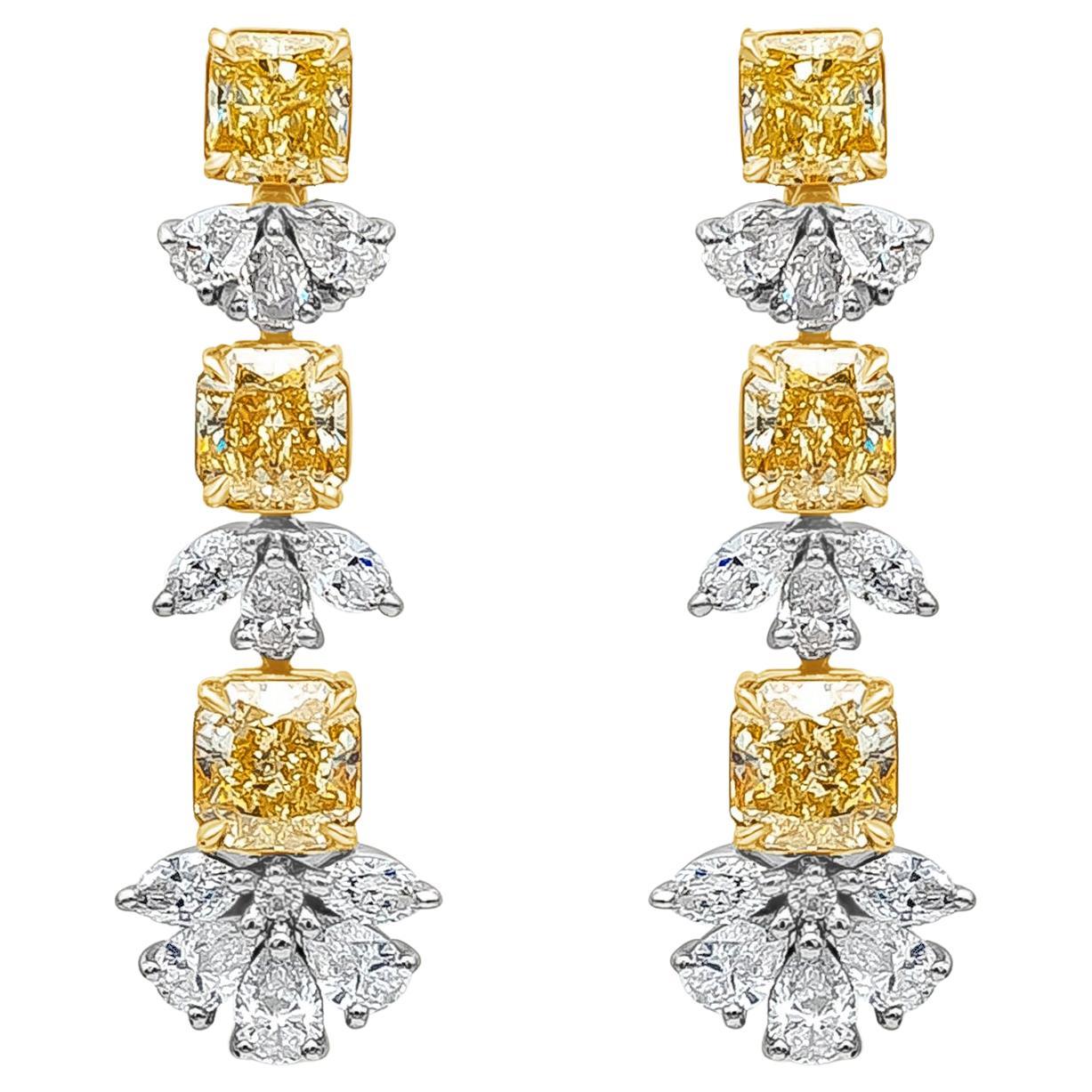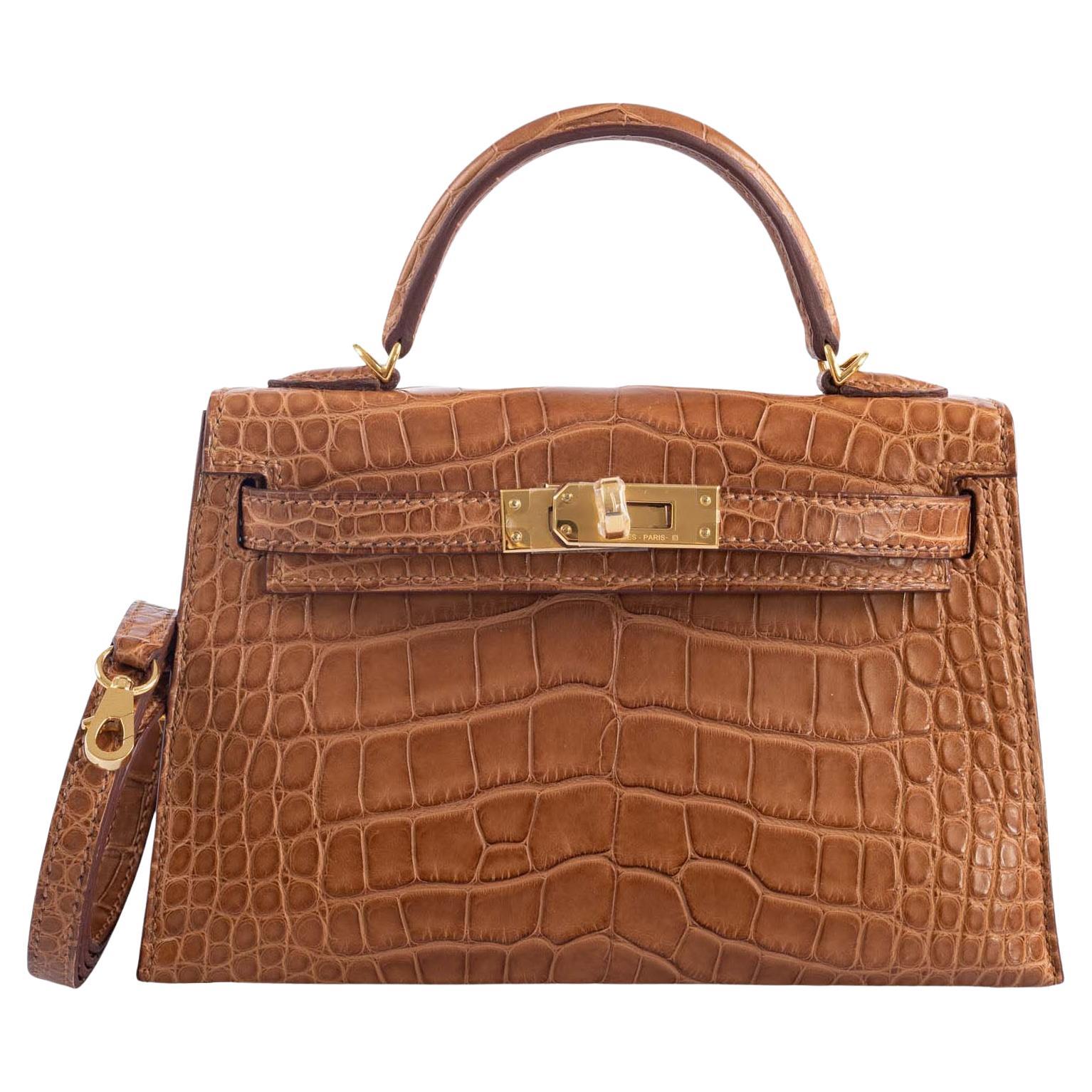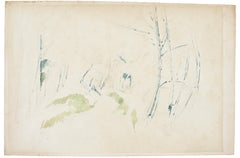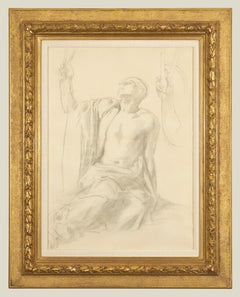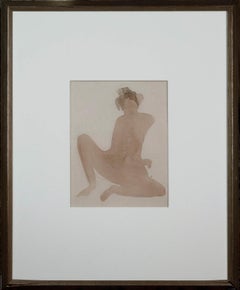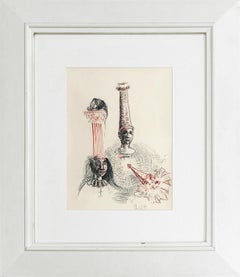The Most Beautiful Things
The Most Beautiful Things
Our in-house curators are delighted to share this edit of some of the most extraordinary pieces available on 1stDibs.
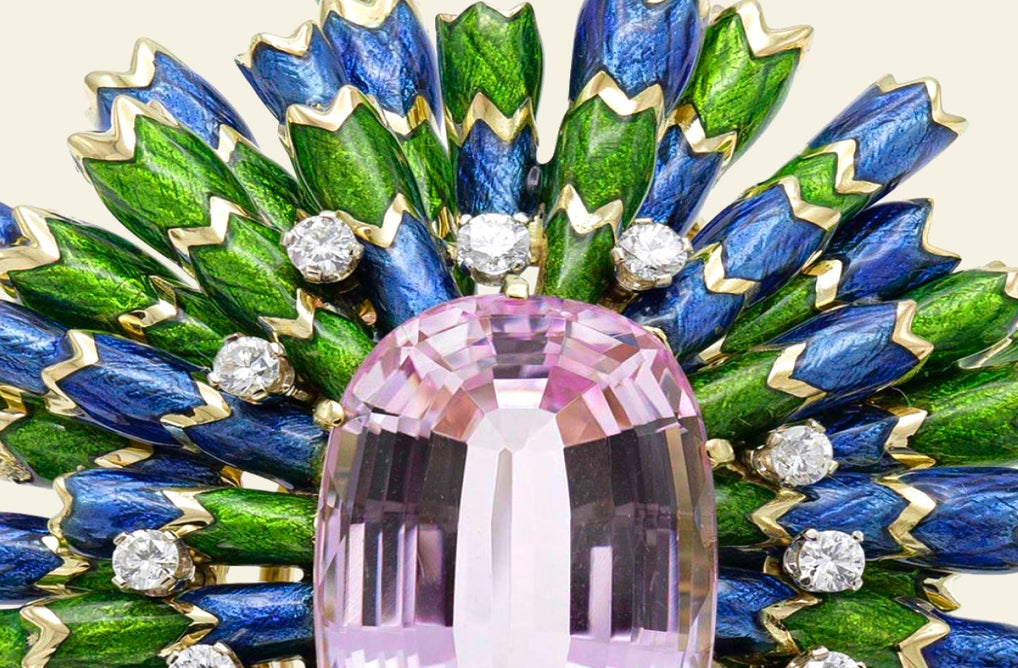
Late 20th Century The Most Beautiful Things
Ink, Illustration Board
1890s Modern The Most Beautiful Things
Watercolor, Pencil
1920s American Impressionist The Most Beautiful Things
Paper, Charcoal, Graphite
19th Century Realist The Most Beautiful Things
Watercolor
1980s Contemporary The Most Beautiful Things
Paper, Crayon
1980s Contemporary The Most Beautiful Things
Crayon, Paper
1950s Abstract The Most Beautiful Things
Paper, Pastel, Gouache
1970s Contemporary The Most Beautiful Things
Pastel, Ink, Felt Pen, Paper
Mid-20th Century Post-War The Most Beautiful Things
Ink, Gouache
1930s The Most Beautiful Things
Canvas, Oil
1960s Abstract Expressionist The Most Beautiful Things
Gouache
1960s Abstract Expressionist The Most Beautiful Things
Gouache
1960s The Most Beautiful Things
Paper, Ink, Gouache
1960s Modern The Most Beautiful Things
Gouache
1970s Abstract The Most Beautiful Things
Paper, Ink, Gouache
1970s Abstract The Most Beautiful Things
Gouache, Paper, Ink
1950s Surrealist The Most Beautiful Things
Paper, Crayon, Pastel
Early 1900s The Most Beautiful Things
Charcoal
1950s Abstract Expressionist The Most Beautiful Things
Paper, Ink
1960s Abstract Expressionist The Most Beautiful Things
Paper, Charcoal
1930s American Modern The Most Beautiful Things
Gouache, Board
Early 2000s Pop Art The Most Beautiful Things
Ink, Color Pencil
2010s Realist The Most Beautiful Things
Paper, Tempera, Permanent Marker
Late 20th Century American Impressionist The Most Beautiful Things
Ink, Watercolor, Foam Board
2010s Realist The Most Beautiful Things
Permanent Marker, Tempera, Paper
Late 20th Century Realist The Most Beautiful Things
Paper, Conté
1950s Realist The Most Beautiful Things
Illustration Board, Gouache, Ink
Early 19th Century Realist The Most Beautiful Things
Graphite, Paper, Gouache
Early 2000s Realist The Most Beautiful Things
Chalk, Pastel, Pencil, Cardboard
1890s American Impressionist The Most Beautiful Things
Paper, Pencil
1950s American Modern The Most Beautiful Things
Watercolor, Graphite
20th Century Neo-Expressionist The Most Beautiful Things
Paper, Oil Pastel
1930s American Modern The Most Beautiful Things
India Ink, Watercolor, Illustration Board
1970s Realist The Most Beautiful Things
Graphite, Paper
Read More
In This Surreal Painting, the Pink Foot of Patriarchy Squashes a Pumpkin Worshipped by Women
In ‘Gourd,’ Isabel Rock creates a mythic scene that looks fresh and contemporary but feels as old as Eden.
Mid-Century Americans Didn’t Know Antonio Petruccelli’s Name, but They Sure Knew His Art
The New York artist created covers for the nation’s most illustrious magazines. Now, the originals are on display as fine art.
Cecilia Vicuña Merges Politics, Science and Spirituality in Her Poetic Art
The Chilean creator, who has been living in exile in New York for decades, is having a major moment, receiving the biggest exhibitions, commissions and awards an artist could dream of.
Who Are the Most Popular Artists on 1stdibs?
Learn the stories of some of the world's most recognizable artworks and their makers.
Shantell Martin Finds Wonder in Sharing the Creative Process
The visual artist completed a new work in front of a crowd at the 1stdibs Gallery.
